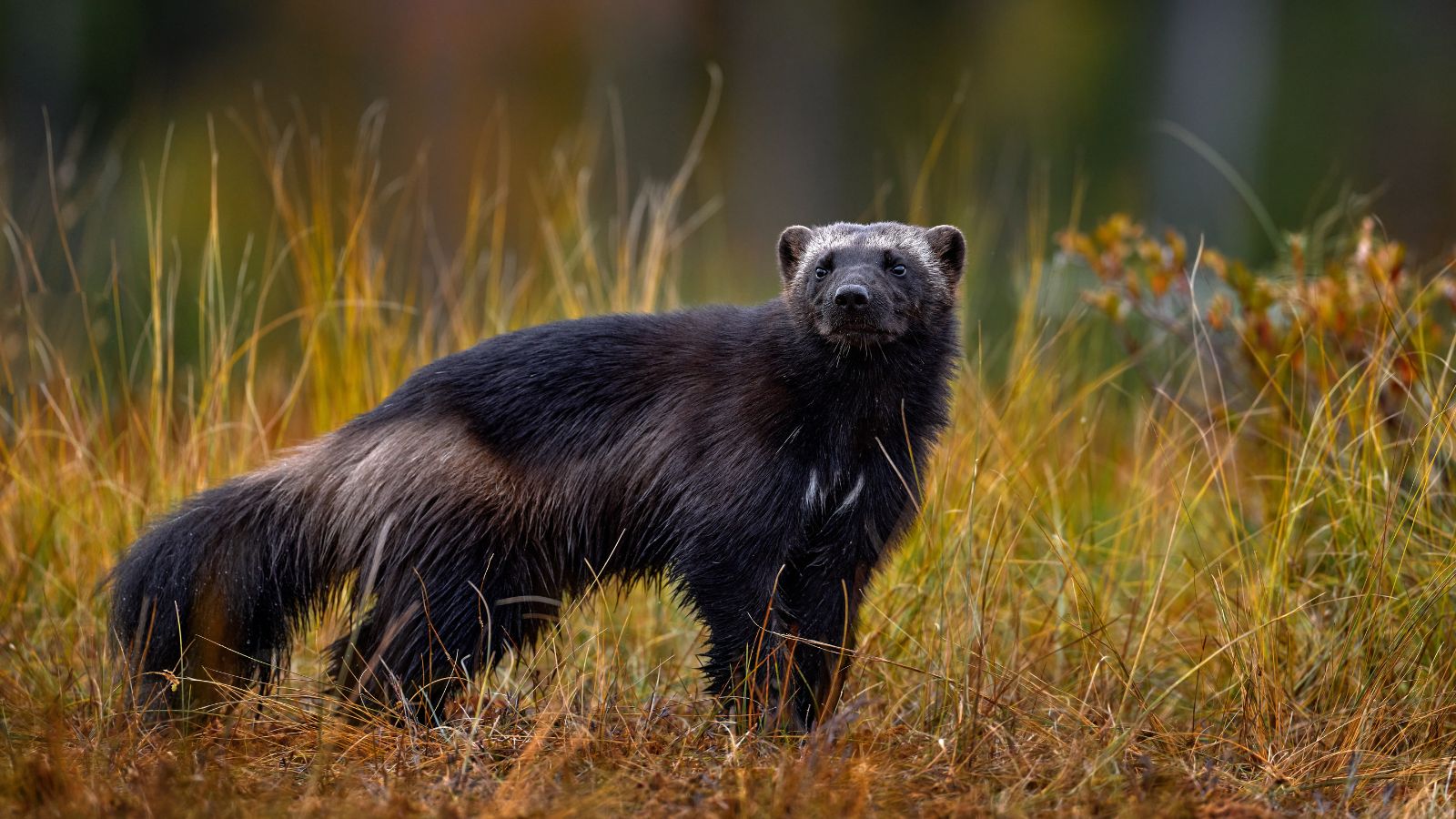Wolverines are the most elusive animal in the lower 48 states. While sightings are rare, there are whole teams of scientists finding and protecting these beautiful animals. If you’ve ever wondered what they actually are, where they live, and where you can see them, we have all the answers.
What Are Wolverines?
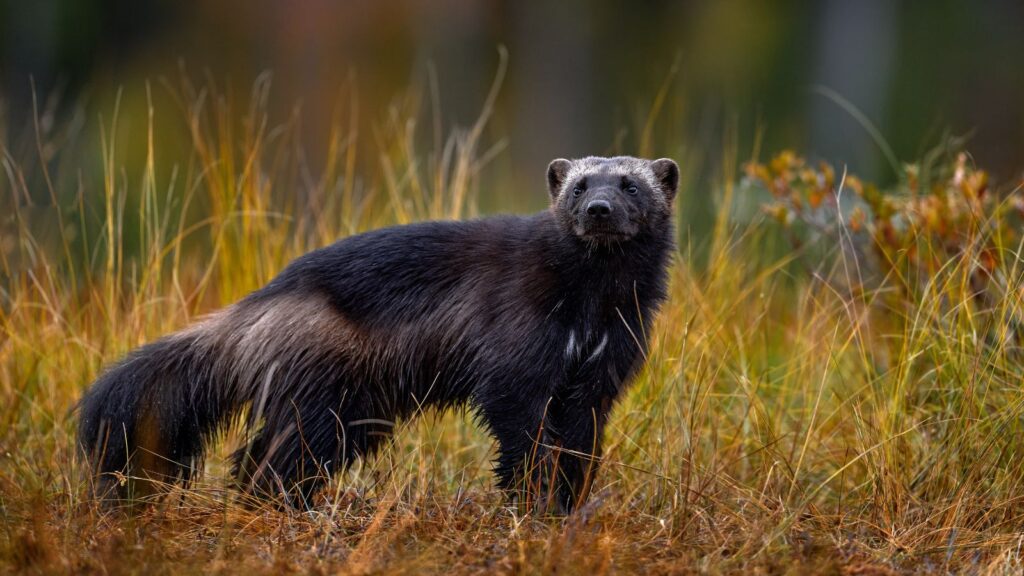
Wolverines are associated with their namesake in the Marvel comic books, but most people aren't able to tell you what kind of animal they are. From the Mustelidae family, which includes badgers, stoats, and ferrets, the wolverine is a small, ferocious animal; from a distance, they look like small bears. There has been a decline in their population as hunters have sought after their frost-resistant fur. Their historical range included most of the Northern Hemisphere, but they have sadly disappeared from many of the regions they used to inhabit. Here are the states where it's still possible to see them.
Wyoming
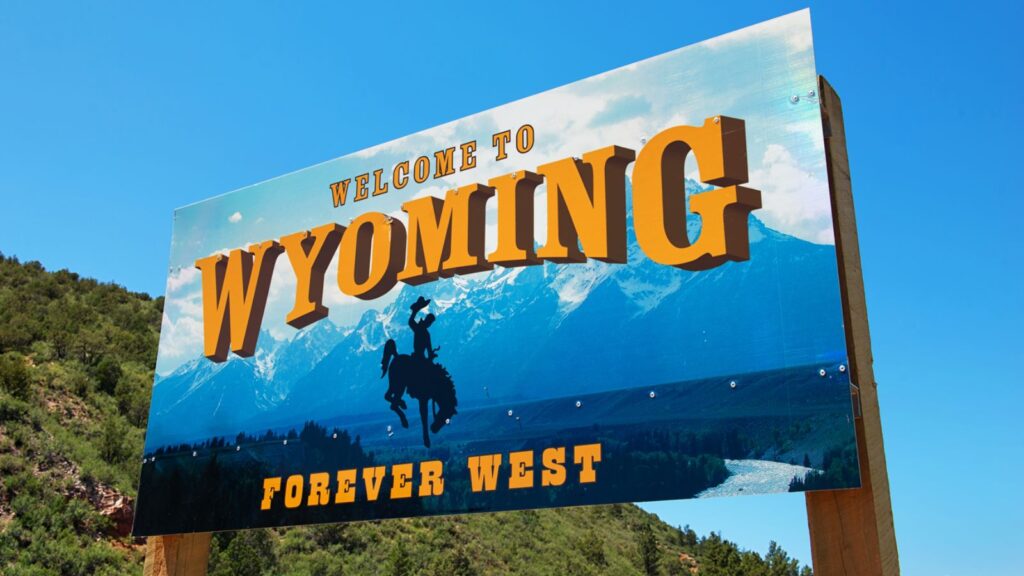
There are estimates that there are 15 wolverines living in Wyoming; this is as close as you will get to finding a precise population anywhere in the lower 48 states. They like the rocky terrain, providing them with an ideal habitat to find food and reproduce.
Where in Wyoming Can You See Wolverines?
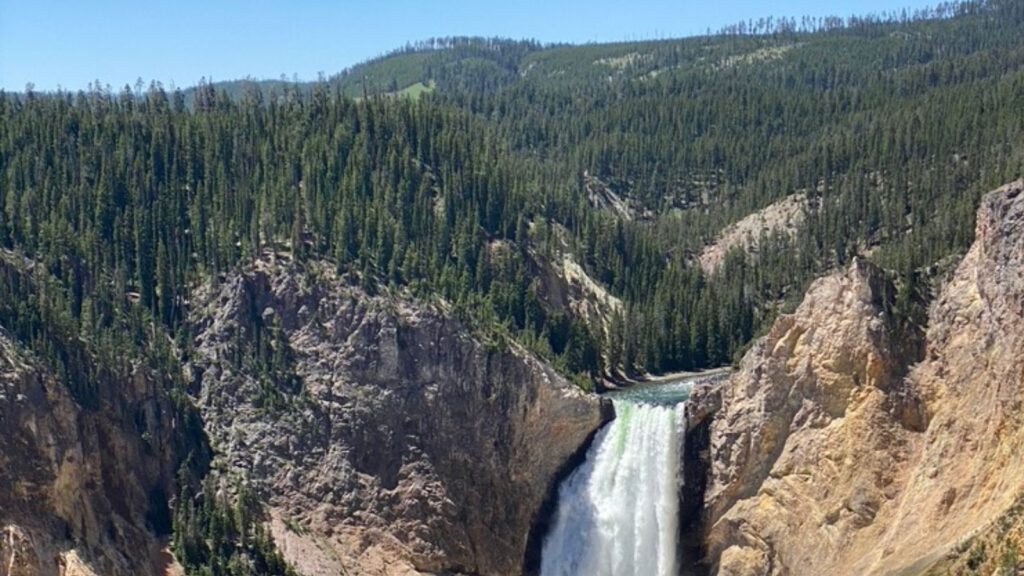
There have been six sightings in the greater Yellowstone area. Protection measures have allowed Wolverines to migrate from Canada back into the United States. Wyoming is a natural stopping point as it has the environment for them to thrive.
Oregon
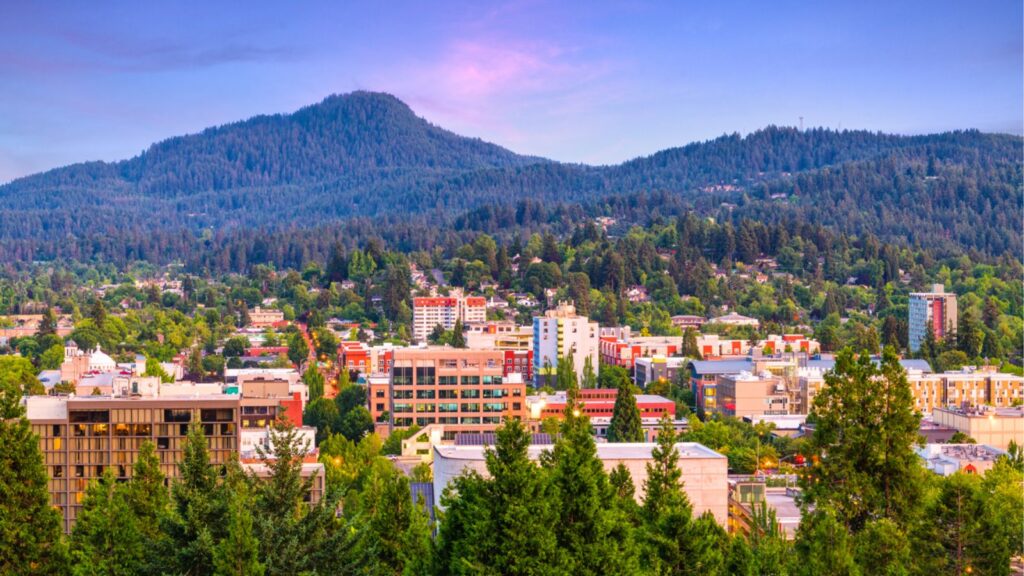
The mountains of Oregon provide the ideal conditions for wolverines to live, but there have been recent sightings outside of their natural habitat. Urbanization and changes in climate have forced them down from the mountains to find food. There have been several sightings, including one seen running through a field. Their elusiveness makes it difficult for scientists to establish if it is several different animals or the same one.
Where in Oregon Can You See Wolverines?
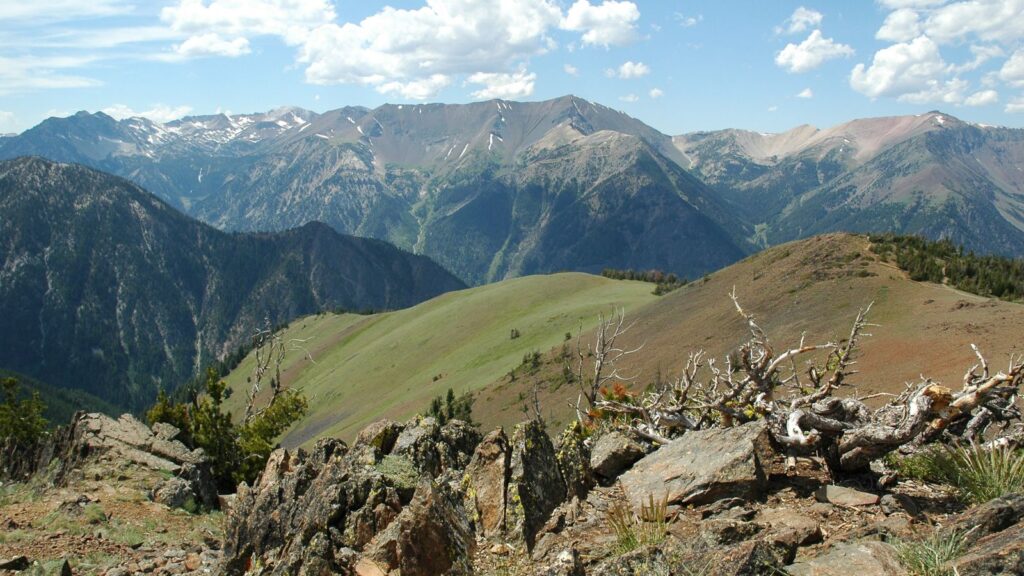
Wolverines are known to live in the Wallowa mountain range. Researchers have theorized that sightings may become more common. As their natural habitats become more affected by climate change, they’ll emerge from the mountains and be more visible.
Washington

The alpine regions of the state are an area where scientists actively look for wolverines. These are difficult to access; their size makes it even more difficult to survey. Estimates put the population at 25, although this is impossible to confirm. Despite their efforts to collect as much information as possible, scientists still don't have enough data to give precise figures.
Where in Washington Can You See Wolverines?

Most sightings have been in the Cascade Mountains and the surrounding forests. The environment is particularly harsh and remote. Researchers must use snow plows to get to certain areas. They then leave food and a camera, hoping to catch a wolverine on film.
California
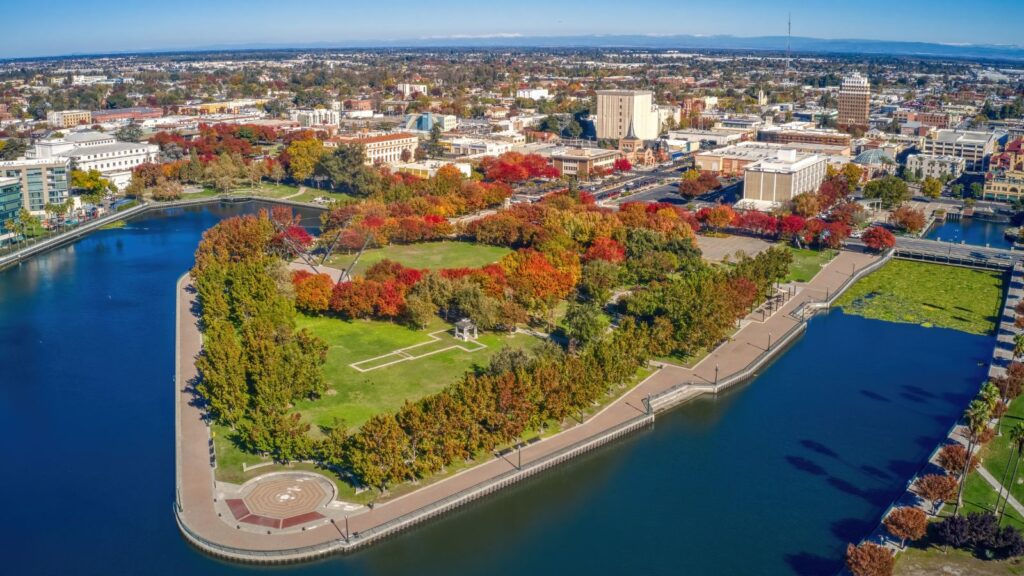
In California, there have been two possible sightings in the last one hundred years, but only one of those sightings has been confirmed as definitely a wolverine. Before the state government implemented measures to protect the animals, wolverines were hunted by trappers for their fur. Now on the federal Endangered Species list, there is hope from scientists that they will migrate from bordering states back to California.
Where in California Can You See Wolverines?
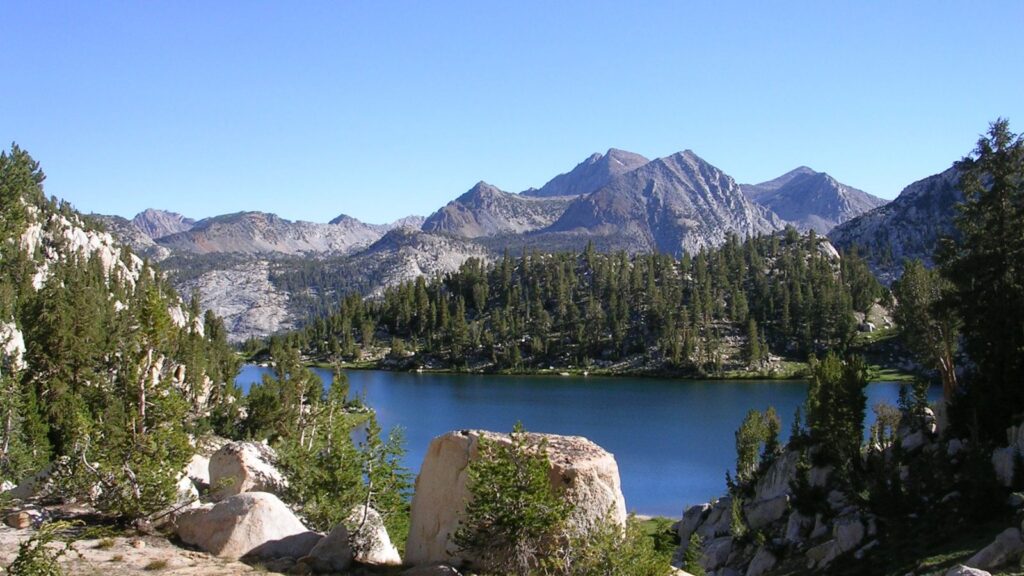
The last sighting of a wolverine was in Yosemite National Park. Researchers believe the animal was searching for food, straying out of its natural habitat in the Sierra National Forest. They can travel up to 15 miles a day foraging for food. Protective measures might help them to increase their range, migrating further into California.
Idaho
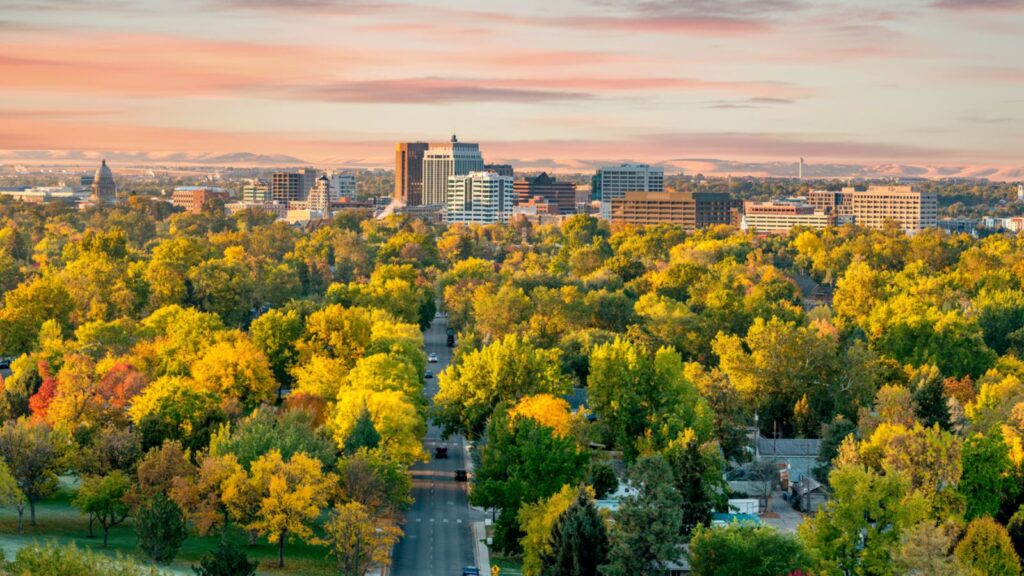
Wolverines prefer to live in alpine regions as they dig deep holes in the snow to protect and raise their young; they will also hide food in the holes. The mountainous areas of Idaho have the ideal environment for them to thrive, but sightings are rare. The challenging environment and their elusive nature mean scientists don't have enough available data to put an exact figure on their population.
Where in Idaho Can You See Wolverines?

Confirmed sightings have been in the Northern and Eastern regions, both popular with hikers. You are unlikely to see a wolverine while hiking; being shy, they avoid contact with humans.
Montana
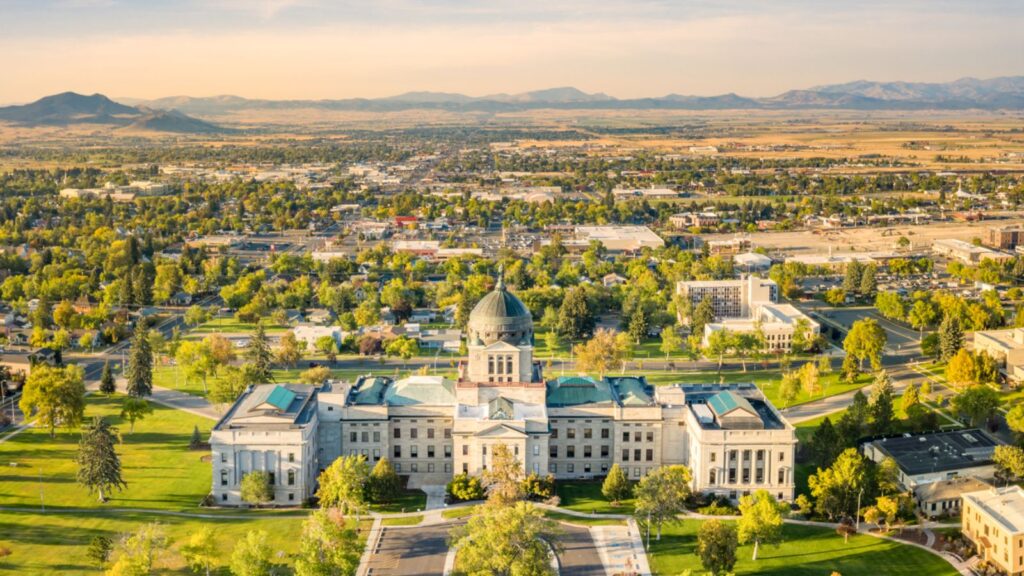
Montana's mountainous west is near known wolverine populations in Idaho. Wolverines love to roam when they're not breeding, so these mountains and their passes provide a natural route across the state border.
Where in Montana Can You See Wolverines?
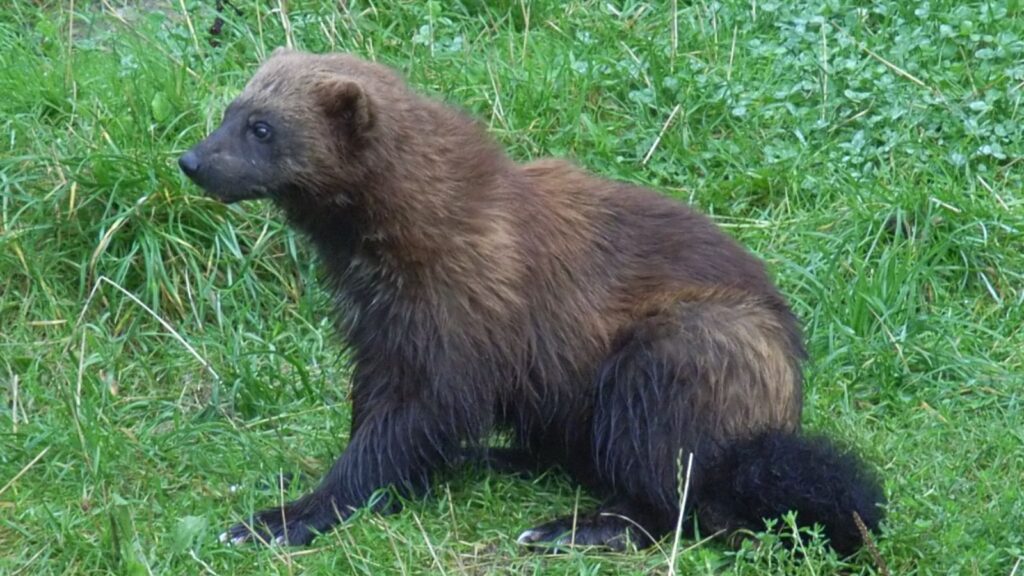
The chances of encountering one are slim. Not just because of low numbers; they live in the most inhospitable parts of Montana. Attempting to find one could put you at risk unless you are a trained researcher.
Utah

A wolverine was captured in Utah back in March 2022. It was only the eighth sighting since 1979. The wolverine had killed 18 sheep, highlighting the difficulties faced by conservationists. While not as ferocious and predatory as popular depictions portray, they are carnivores that will attack livestock. For farmers, they will go to any length to keep them away from their animals.
Where in Utah Can You See Wolverines?

The wolverine captured in March 2022 was released in the Unita mountain area in northeast Utah. Fitted with a GPS tracker, researchers can now tell if other wolverine sightings in the area are the same animal or a different one, helping to track numbers. It is an area popular for hiking, but you aren’t likely to encounter a wolverine.
Nevada

The historical range of wolverines included Nevada. Due to trapping and poisoning, they have almost disappeared from the state. There has been one unconfirmed sighting in recent years. Laws against trapping could encourage the animals to roam further south and return to Nevada.
Where in Nevada Can You See Wolverines?
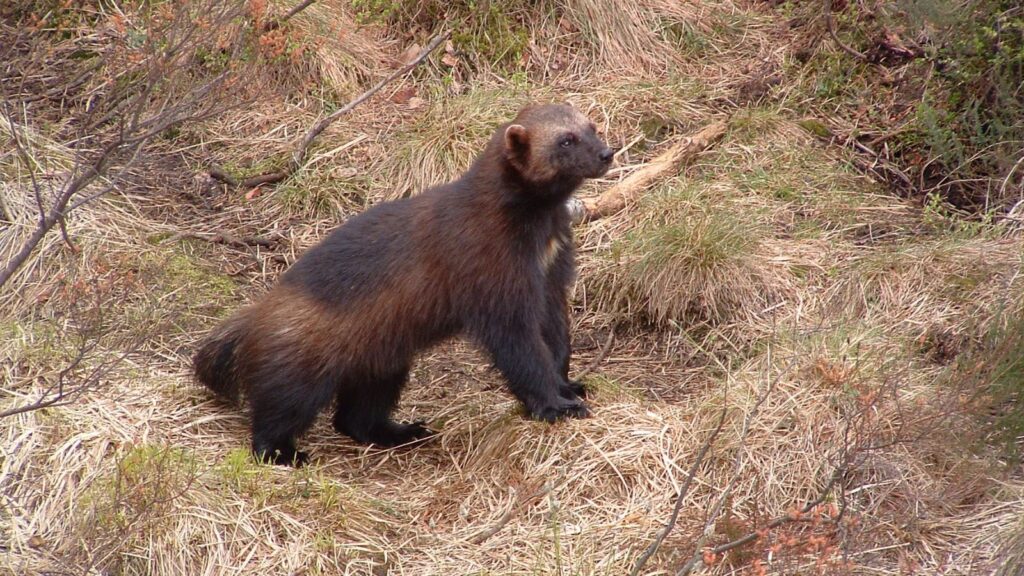
The reality is you aren't going to see one. The reason for including Nevada is that numbers are so low, 300-350 in the United States, that even one unconfirmed sighting is enough for scientists to get excited and begin a search for more.
Conservation
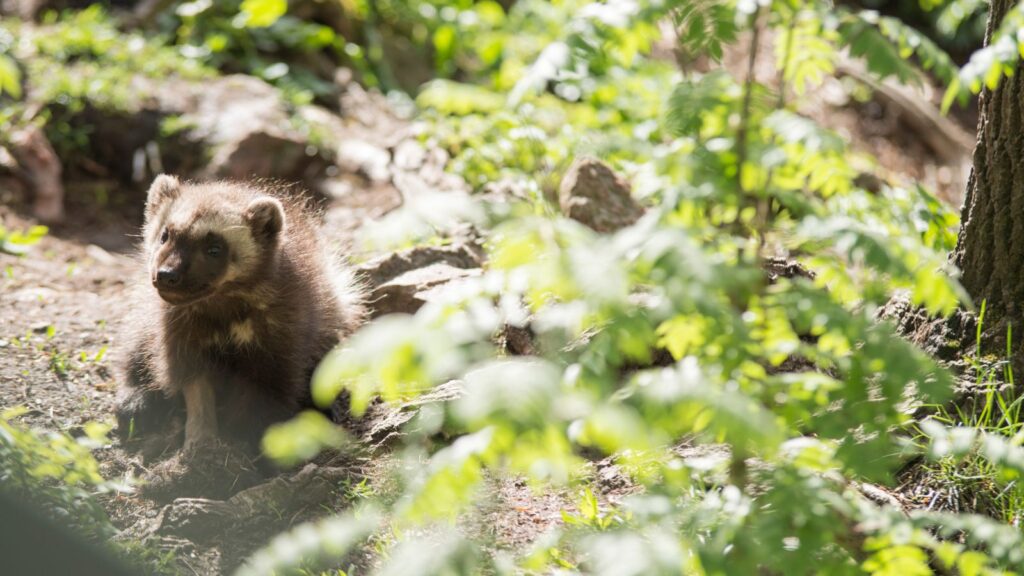
Wolverines are naturally elusive and avoid contact with humans. Such challenges make it harder for scientists to research and protect them. Despite this, there has been a concerted effort to protect wolverines. In many states, they are classified as an endangered species. Trapping and poisoning have also been made illegal. These measures appear to have had an impact, as there have been new sightings in areas from which they had disappeared.
30 Traditional Sayings That Are Now Considered Offensive by Woke Culture

30 Traditional Sayings That Are Now Considered Offensive by Woke Culture
21 Habits Often Associated With Having a Lower Social Status

21 Habits Often Associated With Having a Lower Social Status
25 Social Issues Gen Z are Determined to Cancel

